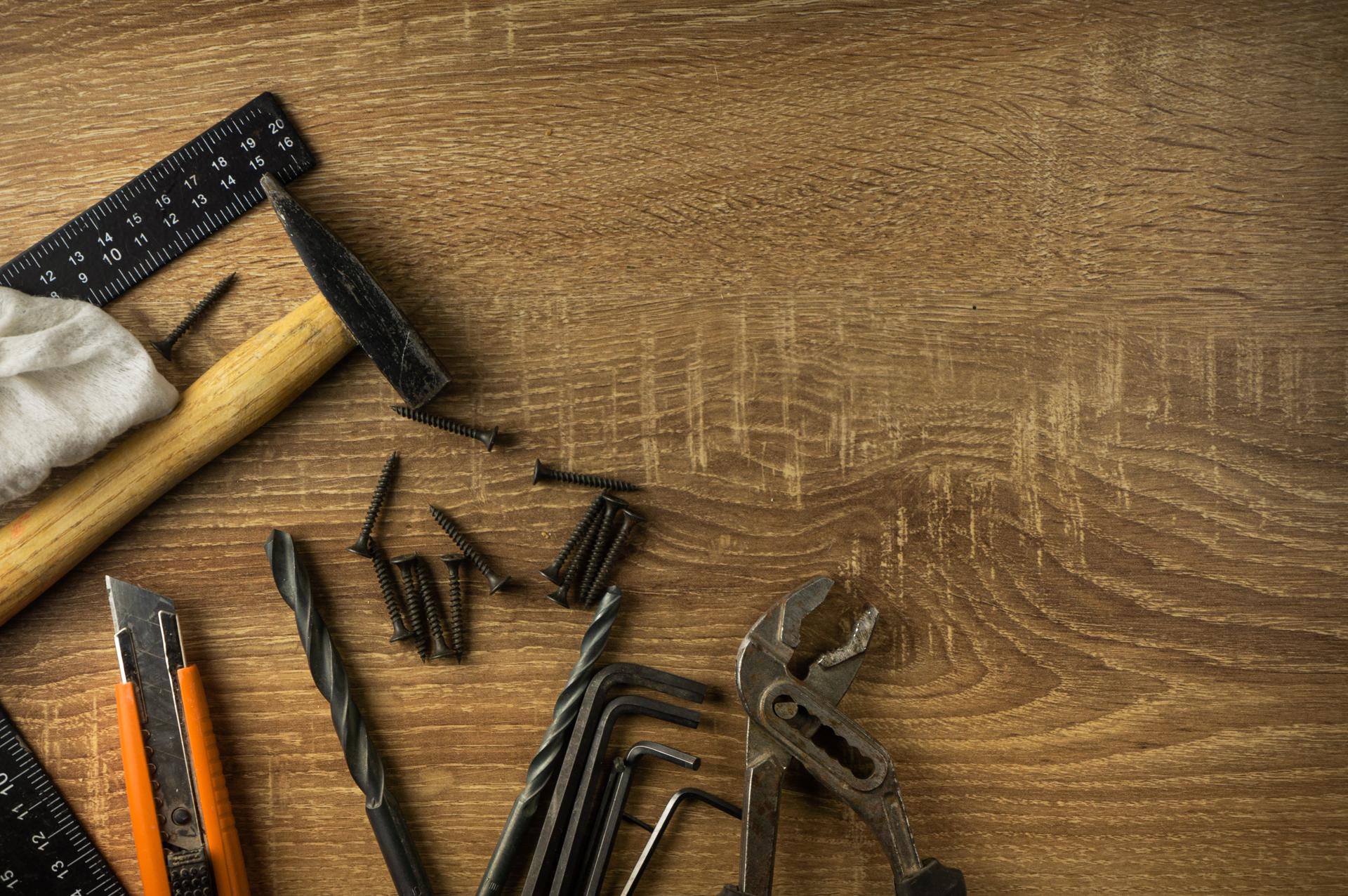The Ultimate Do-it-yourself Guide to Fixing Frequent Plumbing Issues at Home

Plumbing systems are an integral component of every home. If they are not maintained properly, they can become a source of many problems which can cause inconvenience and expensive repairs.
However, there are many advantages of learning to fix small plumbing problems yourself, including saving money as well as learning useful abilities. In this article, we’ll discuss common plumbing issues and how to fix them yourself. these issues.
Common Plumbing Problems
Dripping Faucets
Dripping faucets are not only irritating, they also consume a substantial quantity of water in the course of. The most typical cause of leaky faucets is a worn-out washer or O-ring. To fix this issue, turn off the water supply to the faucet, take out the handle, and replace the damaged washer or O-ring.
Running Toilets
A toilet that is running is another frequent plumbing problem that could cause water to be wasted. The most typical reason is a defective flapper valve that doesn’t seal properly, allowing water flow from the tank into the bowl. To resolve this issue shut off the water supply to the toilet, remove the lid of the tank, then adjust or replace the valve that seals it.
Clogged Drains
Clogged drains can be caused by a variety of factors, including hair, soap, and food particles. To fix this issue you could try using the plunger or drain snake to clear the blockage. Alternately, you could use a mixture of vinegar and baking soda to dissolve the clog.
Low Water Pressure
The low pressure in the water can be caused by various reasons, such as the buildup of minerals in the pipes or a defective pressure regulator. To resolve this issue, you can try cleaning the aerator and replacing the pressure regulator.
Tools Needed for DIY Plumbing
To carry out DIY plumbing, you will require a few tools such as the plunger, an adjustable wrench pipe wrench, Teflon tape and a screwdriver. The tools you have on hand can make it much easier to repair minor plumbing problems.
Tips to be Safe when doing your own plumbing
Security should be a top priority when making any DIY plumbing repairs. Some safety tips to keep in mind include turning off the water supply prior to making any repairs, and wearing gloves and safety glasses, and keeping a first-aid kit nearby in case emergency situations.
DIY Plumbing Techniques
To fix common plumbing issues, you will need to master some DIY plumbing methods, such as how to shut off water flow and how to repair a leaky faucet, how to fix a running toilet and how to clear the drain, and how to boost the pressure of water. These tips can help you save time and money on small plumbing repairs.
Conclusion
In conclusion, learning how to fix small plumbing problems yourself can be beneficial in numerous ways. It’s not just a way to save you money, but it can provide you with an appreciation for your efforts and valuable skills. However, for more significant plumbing problems, it’s better to consult an experienced plumber.
FAQ
Can I fix a plumbing problem myself?
Yes, you can repair minor plumbing issues yourself by learning some basic DIY plumbing techniques.
Are there any common plumbing issues?
The most frequent plumbing issues include dripping water from faucets, blockages in drains, as well as low pressure water.
What tools do I require for plumbing projects at home?
You’ll need some essential tools such as the plunger, an adjustable wrench pipe wrench, Teflon tape and a screwdriver.
Is DIY plumbing safe?
DIY plumbing is safe if you follow the safety guidelines and take proper steps.
When should I contact for a licensed plumber?
It is recommended to contact a professional plumber to address plumbing issues that require special equipment and expertise.
